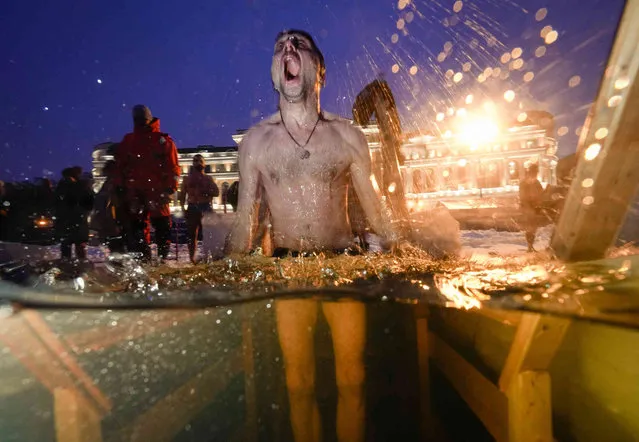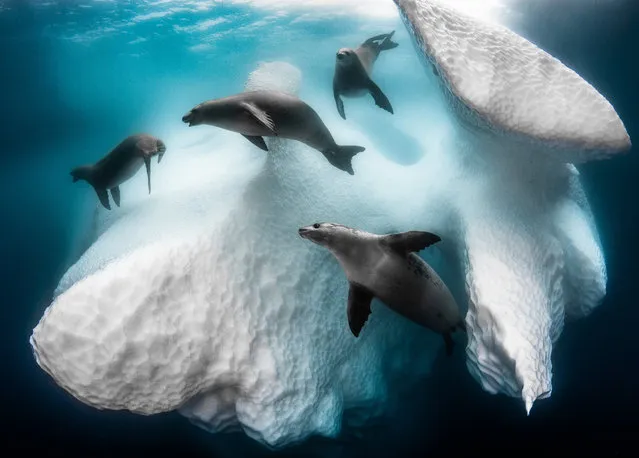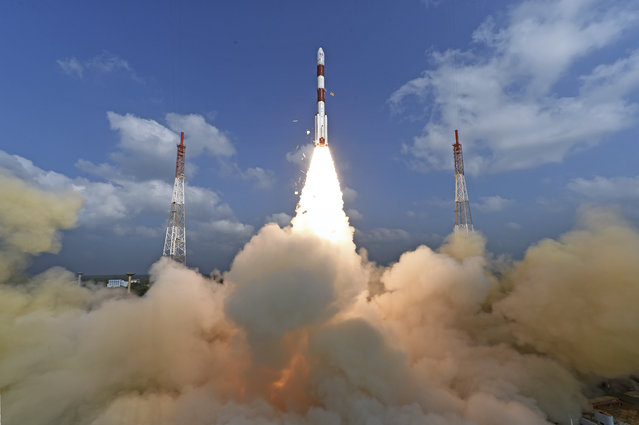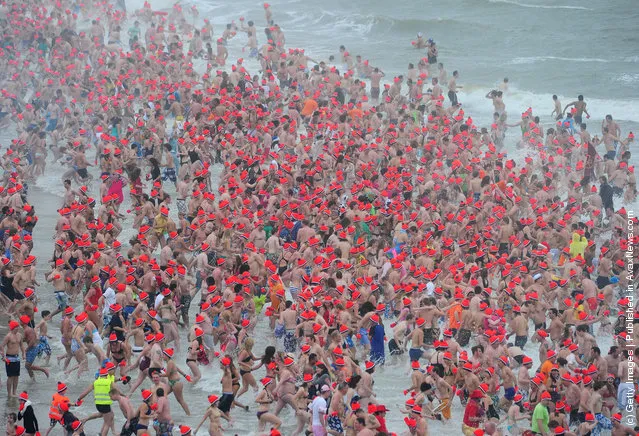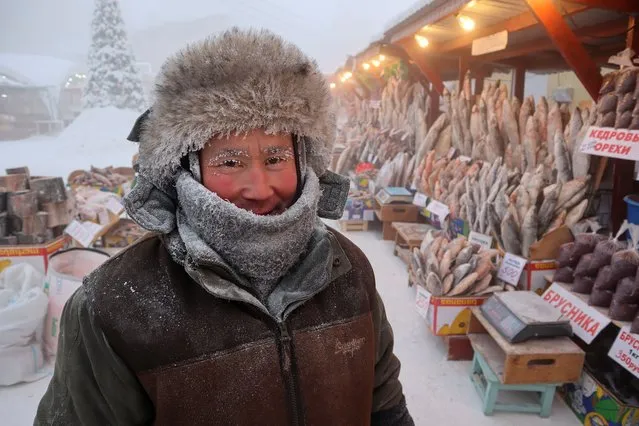
Vendor Yegor Dyachkovsky, 45, poses for a picture at an open-air market on a frosty day in Yakutsk, Russia, January 15, 2023. Yakutsk, one of the Russia's north-most cities, is hit by an extreme cold snap as the air temperature on Sunday (January 15) plunged as low as minus 51 degrees Celsius (minus 59.8 degrees Fahrenheit). (Photo by Roman Kutukov/Reuters)
02 Feb 2023 21:36:00,post received
0 comments


